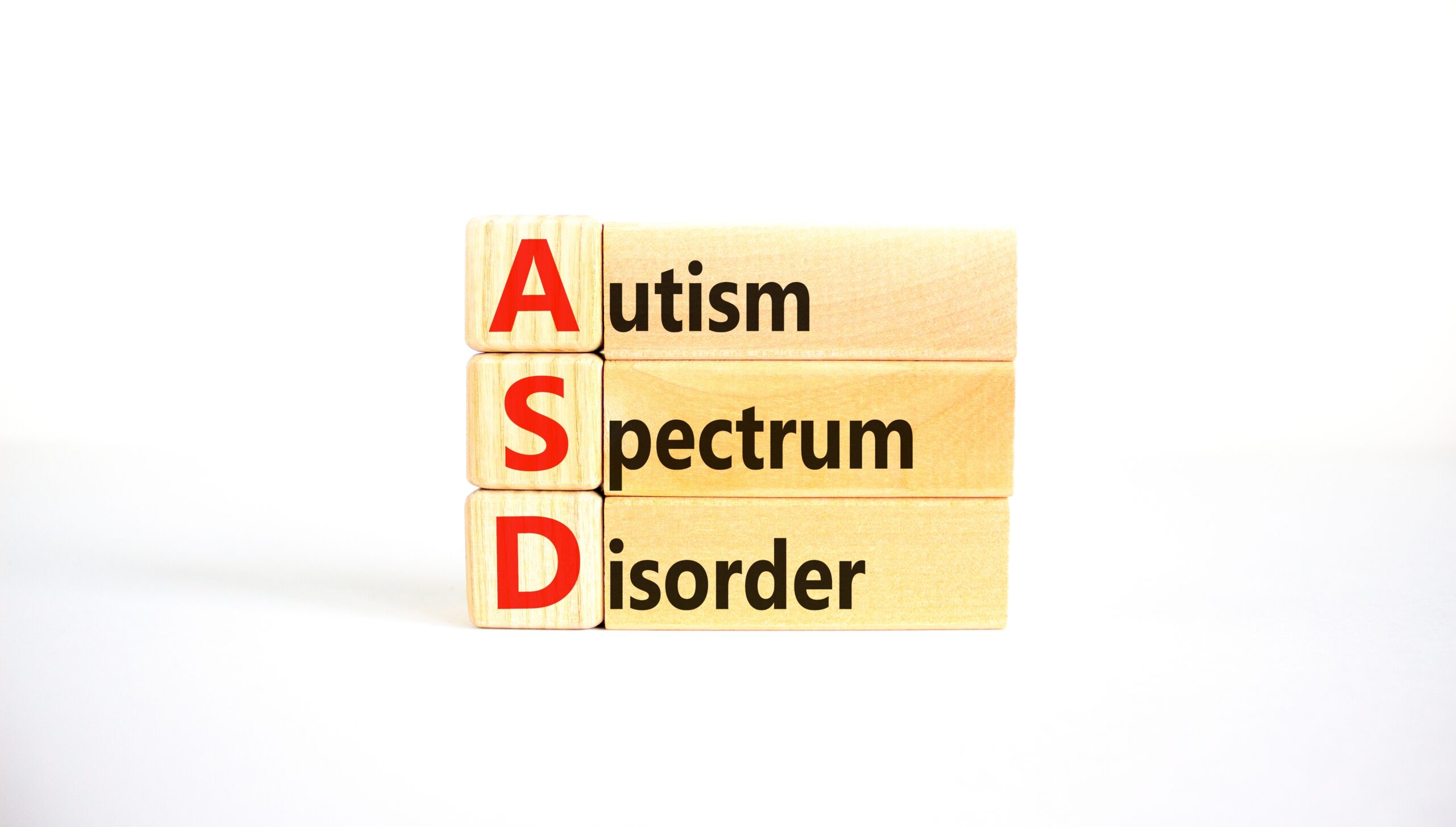What if the same personality type that drives world leaders to the top also shapes your daily decisions—whether you realize it or not?
Story Snapshot
- ESTJ personality type is overrepresented among influential leaders and decision-makers worldwide.
- Key strengths include dedication, practicality, and an unwavering commitment to order and tradition.
- Major weaknesses involve emotional rigidity, stubbornness, and difficulty adapting to change.
- Expert advice encourages ESTJs to develop empathy and flexibility for future success.
The Anatomy of a Leadership Personality: Why ESTJs Rise to the Top
ESTJs—Extraverted, Sensing, Thinking, Judging—are not just another set of letters in the MBTI catalog but a living blueprint for how many of the world’s most visible leaders operate. Since the MBTI’s inception in the 1940s, ESTJs have emerged as the archetype for organizational authority, championing structure and the rule of law in environments as varied as corporate boardrooms, military commands, and local governments. Their penchant for order and decisiveness means that when chaos looms, those around them instinctively look to the ESTJ for direction.
ESTJs thrive where rules are clear and expectations are set. They absorb facts, make decisions quickly, and rarely shy away from responsibility. Their focus on tradition often lands them in positions of power—think Hillary Clinton, Margaret Thatcher, George W. Bush, and Henry Ford—all cited as prime examples of this personality type in action. Yet, the same strengths that make ESTJs indispensable can also create friction. Their directness, while valuable in a crisis, can come across as blunt or insensitive in emotionally charged situations. This tension between order and empathy is a recurring theme in expert analyses.
Strengths That Anchor Organizations—And the Price of Unbending Order
Reliability is the hallmark of the ESTJ. Teams lean on their clear communication and meticulous planning. Employers prize them for their ability to enforce policies and maintain discipline, making the ESTJ a sought-after asset in sectors that demand unwavering standards. Their decisive nature cuts through ambiguity, reducing the paralysis that often stalls group decision-making. But as noted by psychologist Dario Nardi, Ph.D., the drive for efficiency can morph into inflexibility, with ESTJs clinging to structure even when innovation or empathy might serve the moment better. This rigidity, while stabilizing, risks stifling creativity and alienating colleagues who crave a more nuanced approach.
ESTJs seldom operate in a vacuum. Their direct style and action orientation mean they are often the visible face of change, whether implementing new policies or steering teams through turbulent times. Yet, their comfort with tradition can be a double-edged sword, as rapid shifts in workplace culture—such as the growing emphasis on emotional intelligence—may leave some ESTJs struggling to adapt. Experts urge those with this personality to seek balance, cultivating empathy and flexibility to remain relevant as organizational dynamics evolve.
Gender Dynamics, Social Expectations, and the Emotional Frontier
Society’s embrace of ESTJ traits is not evenly distributed. While assertiveness and rule enforcement are celebrated in men, women with these traits often encounter resistance or pressure to soften their approach. Female ESTJs may experience a social double bind: expected to lead with authority but criticized for lacking warmth. This gendered lens complicates their leadership journey and highlights the need for broader conversations about diversity in personality expression. The challenge for all ESTJs, regardless of gender, is not simply to execute tasks efficiently but to navigate the increasingly complex terrain of interpersonal relationships.
Relationship dynamics further illuminate the ESTJ paradox. Partners and colleagues appreciate their stability and reliability, but may feel shut out when emotional nuance is required. ESTJs often prefer direct communication, which can be misinterpreted as harshness. The call from experts is clear: developing emotional intelligence is not just a personal goal but a professional imperative. As teams become more diverse and emotionally attuned, the ability to understand and respond to varied perspectives will be as critical as organizational prowess.
The Future of Leadership: Adaptation, Growth, and the Evolving Role of ESTJs
Modern organizations are in flux, with adaptability and empathy rising as prized qualities alongside tradition and reliability. For ESTJs, the path forward lies in leveraging their natural strengths while embracing softer skills. Experts like Dario Nardi, Ph.D., and resources such as Mindbodygreen and 16Personalities converge on a central message: The most effective ESTJs are those who pair decisive leadership with genuine listening and flexibility. This evolution is not about abandoning core values but refining them to meet the demands of a changing world.
The ESTJ personality type remains a cornerstone of leadership, driving results and anchoring teams in times of uncertainty. But the next chapter will be written by those willing to expand their repertoire—balancing order with compassion, tradition with innovation, and personal conviction with collective growth.
Sources:
Greator: ESTJ Personality Overview
Mindbodygreen: ESTJ Personality Key Traits
Simply Psychology: ESTJ Personality








